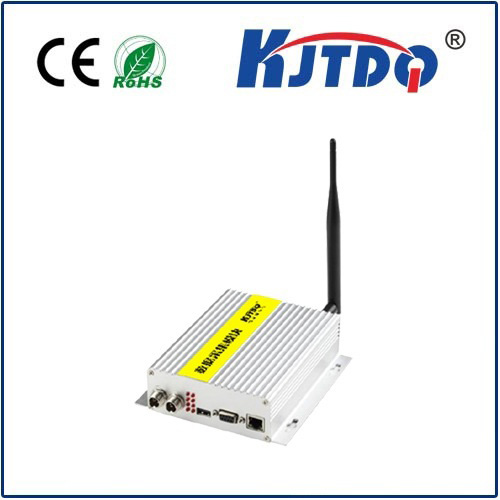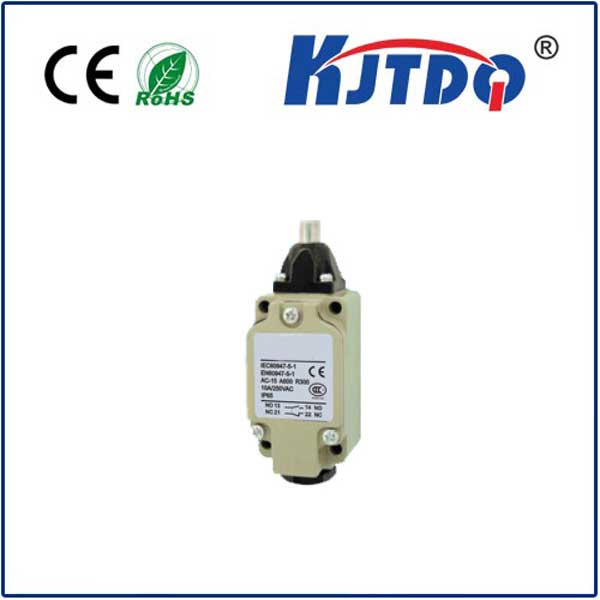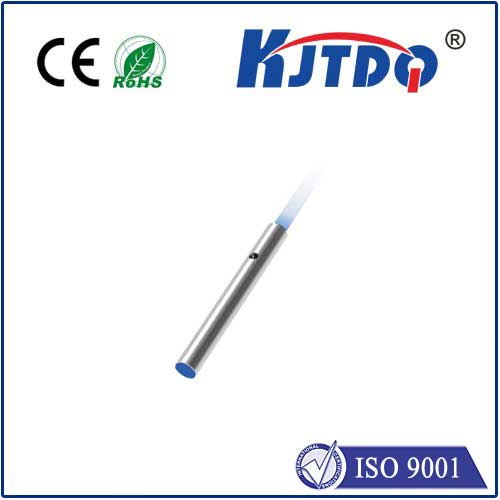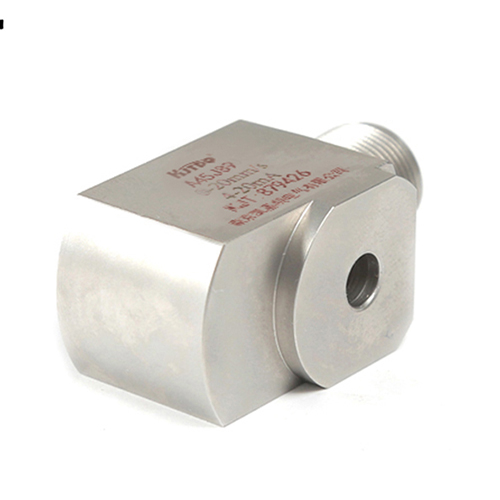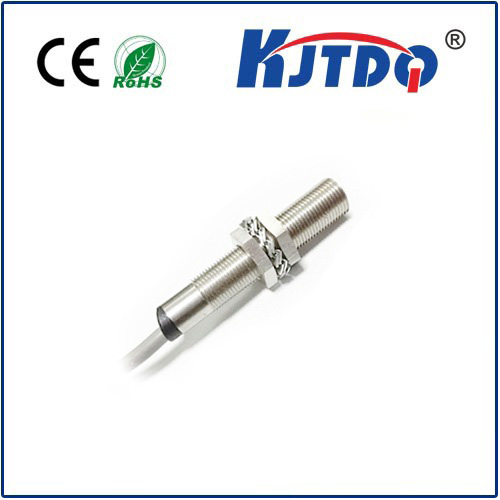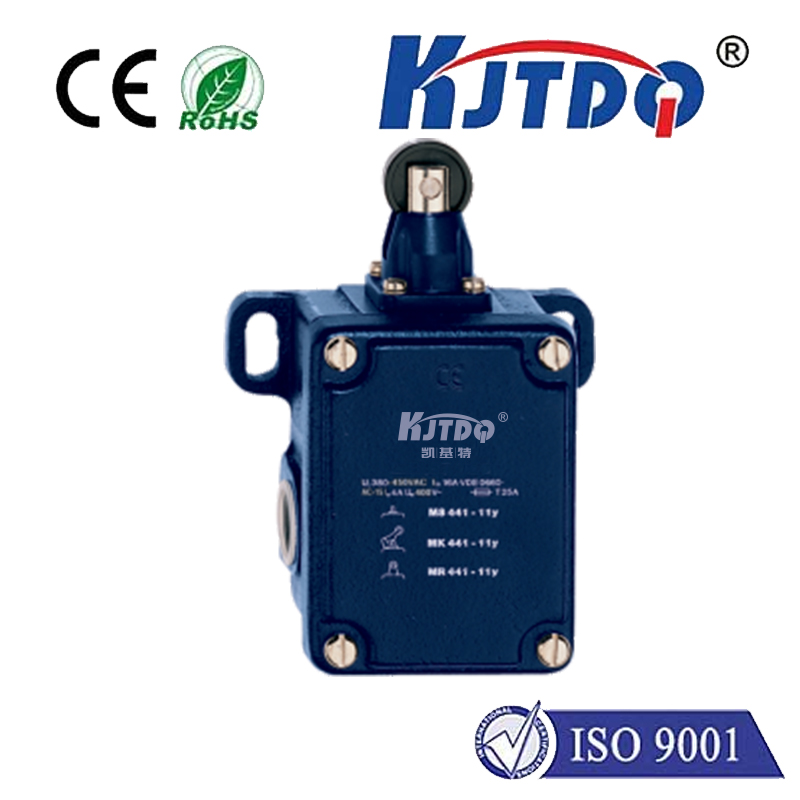sensore capacitivo taglio laser
- time:2025-09-11 03:41:48
- Click:0
Laser Cut Precision: How Capacitive Sensors Eliminate Material Gap Errors
Imagine this: Your high-powered laser cutter is poised for a critical job. The settings are dialed in, the design is perfect. But unseen – a slight warping of the material, a minuscule variance in sheet thickness, or an imperceptible tilt in the workpiece. The laser fires, but instead of a clean, precise edge, you get a charred mess or an incomplete cut. The culprit? Inconsistent distance between the laser head and the material. This seemingly small gap variance is a massive problem in laser cutting, demanding a reliable solution. Enter the capacitive sensor for laser cutting: an unsung hero ensuring micron-level precision by continuously monitoring and controlling this critical distance.
Why Gap Control is Non-Negotiable in Laser Cutting
Laser cutting is fundamentally about focused energy. The laser beam converges at a specific point, the focal point, where its energy density is highest for clean vaporization or melting of the material. Maintaining the material surface precisely at this focal point is paramount. Deviations, even fractions of a millimeter, drastically reduce cut quality:
- Focus Shift: Material above or below the focal point receives a less concentrated beam, leading to wider kerf widths, rough edges, excessive dross (melted material residue), and incomplete cutting.
- Thermal Effects: An incorrect gap can cause defocusing-induced heating, warping thinner materials or burning surfaces instead of cutting cleanly.
- Process Reliability: Inconsistent gaps mean inconsistent results, leading to scrapped parts, costly material waste, downtime for recalibration, and frustrated operators.
Traditional methods relying solely on mechanical height followers or manual setups struggle with rapid changes in material topography, warpage, or varying sheet thicknesses. This is where non-contact capacitive sensing becomes indispensable.
The Capacitive Sensor: Your Laser’s Tactile Guide

A capacitive sensor operates based on a fundamental principle: it detects changes in an electrical field. The sensor tip acts like one plate of a capacitor. The target material (metal or non-metal) acts as the other plate, separated by an air gap (the dielectric).
- Proximity Creates Capacitance: As the sensor tip approaches the material, the capacitance between them increases.
- Precise Distance Measurement: The sensor’s electronics constantly measure this capacitance. Through sophisticated calibration, this capacitance value is converted into an extremely accurate measurement of the distance (gap or standoff) between the sensor tip and the material surface. Modern sensors achieve resolutions down to micrometers.
- Continuous, Real-Time Feedback: Crucially, this measurement happens continuously and in real-time. The sensor doesn’t just take a snapshot; it provides a constant stream of high-resolution data on the exact position of the material surface relative to the sensor.
Integrating Capacitive Sensing into Laser Cutting Systems
This real-time distance data is the key to unlocking consistent precision:
- Direct Mounting: The capacitive sensor is typically mounted directly onto the laser cutting head assembly, close to the nozzle, constantly measuring the distance to the material immediately below.
- Closed-Loop Control: This distance measurement feeds into the machine’s motion control system (specifically the Z-axis control). If the sensor detects the material moving away (gap increasing), the control system instantly commands the Z-axis to lower the cutting head. Conversely, if the material moves closer (gap decreasing), the head lifts.
- Automatic Focus Maintenance: By dynamically adjusting the height of the entire laser cutting head (including the lens and nozzle), the system continuously maintains the optimal standoff distance. This ensures the material surface remains precisely at the laser’s focal point throughout the entire cutting path, regardless of material imperfections or variations.
Key Advantages Driving Adoption
The integration of capacitive sensors offers compelling benefits:
- Unmatched Precision & Consistent Cut Quality: By eliminating focus shift caused by gap variations, capacitive sensors guarantee sharper edges, narrower kerfs, minimal dross, and reliable piercing and cutting across the entire sheet. This directly translates to higher part quality and less post-processing.
- Material Versatility: Capacitive sensors work effectively on both conductive (metals) and non-conductive materials (plastics, wood, laminates, composites), as long as the material has a sufficient dielectric constant relative to air. This makes them incredibly versatile for workshops handling diverse jobs.
- Handling Imperfections: Warped, bent, or corrugated sheets are no longer a major obstacle. The sensor tracks the surface, allowing the laser head to follow the contours, maintaining focus where mechanical followers might skip or lift off.
- Reduced Scrap and Rework: Consistent gap control dramatically minimizes errors caused by out-of-focus cutting, leading to significant reductions in material waste and costly rework.
- Increased Productivity: Less manual intervention for height setting or focus checks, combined with fewer errors requiring machine stops, translates to higher throughput and overall equipment effectiveness (OEE).
- Seamless Automation: Capacitive sensors are fundamental enablers for automated production lines where consistent quality without operator intervention is critical.
Important Considerations for Optimal Performance
While powerful, understanding their nuances ensures success:
- Material Properties: The sensor must be calibrated for the specific material being cut. Dielectric constant variations between different plastics, woods, or composites can slightly affect the distance reading. Modern sensors often feature onboard calibration or easily adjustable settings.
- Sensor Selection & Mounting: Sensor range, resolution, response time, and physical size must match the application. Mounting location relative to the nozzle and beam path is critical to avoid interference and ensure accurate measurement.
- Environment: Protection from intense heat, molten spatter, and cutting fumes is essential. Many sensors are designed for rugged industrial environments with appropriate shielding and cooling options.
- Integration Depth: Achieving the full benefit requires tight integration with the laser cutter’s motion control system, ensuring minimal latency in the feedback loop for rapid Z-axis response.
Beyond Basic Height Control: Expanding Capabilities
The role of capacitive sensors is evolving beyond simple Z-axis following:
- Piercing Height Optimization: Precise control allows optimizing the initial pierce height and subsequent drop to cut height, improving pierce quality and reducing nozzle wear/spatter.
- Multi-Layer Cutting: Sensing the top surface reliably enables precise cutting of stacked or layered materials.
- Process Monitoring: Subtle changes in the sensor signal can sometimes indicate material inconsistencies or edge quality, providing potential data for predictive maintenance or quality control systems.
Conclusion
In the demanding world of laser cutting, where micron-level precision separates success from scrap, the capacitive sensor is far more than just a component; it’s the guardian of focus. By providing real-time, non-contact measurement of the critical material gap, it empowers laser cutting systems with unparalleled adaptability and accuracy. Whether navigating warped metal sheets, delicate plastics, or complex contours, capacitive sensors ensure the laser beam always strikes at its point of maximum power, delivering consistently flawless cuts, reducing waste, boosting productivity, and unlocking the full potential of modern laser cutting technology. Their implementation represents a significant leap towards truly automated, high-yield, and high-quality manufacturing processes.







